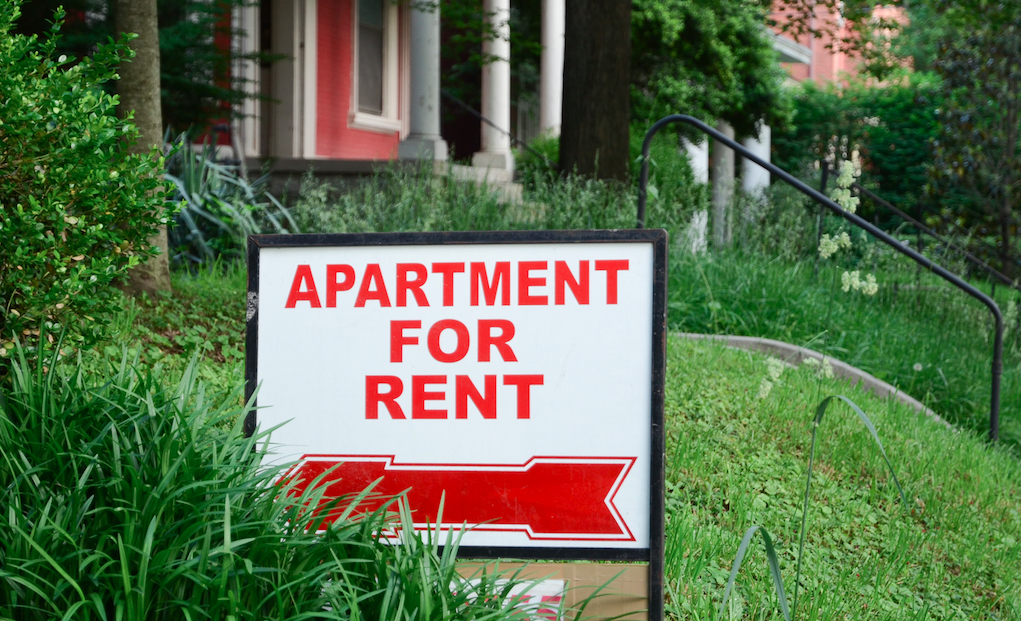Leaky pipes, faulty wiring and cockroach infestations are a stark reality of day-to-day life for thousands of Toronto’s renters. Hazards like these lead to a range of negative health outcomes, including asthma, injuries and anxiety. For over a decade, housing advocates have sounded the alarm on the unhealthy and sometimes shocking conditions of many apartment buildings. Finally in December, City Council endorsed a new set of rental housing regulations that offer stronger protections for renters and greater penalties for landlords who break the rules.
Strengthening enforcement is a critical step towards ensuring healthy housing, but this approach alone may not be enough to protect renters’ health and well-being. How can we integrate prevention in our approach to housing quality?
For many renters, it seems impossible to avoid bad apartments in an increasingly unaffordable market. With a vacancy rate of less than 2 percent, Toronto renters aren’t able to simply find somewhere else to live if they’re experiencing health hazards like mold, pests, or inadequate ventilation in their home. Over 9 percent of renters in the Toronto region live in a unit that requires major repairs – more than twice the rate for homeowners. Low-income renters are particularly vulnerable to these issues and may fear eviction or a rent increase if they bring up concerns with their landlord. Poor housing conditions affect renters across all housing types and in all parts of the city.
These new regulations will help tackle some of these challenges. They state that all rental buildings over 3 stories with 10 or more units will need to register with the City, take part in a city-wide baseline survey, and develop comprehensive plans for managing cleaning, pests and repairs. City Council supported a plan to increase fines for infractions and to hire new staff to conduct more proactive inspections. They also agreed to explore the possibility of a rating system, similar to the DineSafe program, that would give tenants information about a building’s condition before they sign a lease. These changes support greater transparency and accountability for landlords, which can discourage neglect and help renters advocate for themselves more effectively.
While a robust enforcement program is necessary, it still only addresses problems after they arise. Fines and penalties kick in when a home is inspected (either based on the City’s infrequent schedule for proactive inspections, or based on complaints) and an infraction is found. By the time it’s finally addressed the problem may be worse than it was to begin with. It could require more time and money to fix, and it’s not clear whether landlords will be prohibited from passing the cost along to renters. Most importantly, renters may have been living in harmful conditions for weeks or months, putting their health and safety at risk. How can we tackle housing hazards before they emerge?
What’s needed is a complementary suite of policies and programs that makes it easy for landlords to provide healthy housing from the start. These kinds of initiatives can incentivize owners to invest in their properties earlier, instead of waiting for major problems to emerge. This is hardly a new idea – the City of Toronto has piloted several such programs over the past few years. These programs offer a model for encouraging landlords to keep buildings in good repair.
From 2015-2016, the Toronto Renovates program offered forgivable loans for health, safety and accessibility upgrades to rooming houses, as long as properties maintained an affordable rental rate for 15 years. From 2014-2016, the Hi-RIS pilot program offered low-interest loans to owners of high-rise properties to help them fund energy and water conservation upgrades, paid back through an additional fee on property taxes. City Council recently agreed to extend the Hi-RIS program until 2018. These types of programs make it easier for landlords to undertake costly repairs, like updating plumbing and heating systems. However, financial assistance isn’t the only opportunity to encourage investments in repairs. As part of the Tower Renewal initiative, the STEP program provides free assessments and action plans for high-rise properties, offering expert guidance to landlords who want to proactively improve their building.
Right now, these programs remain limited in scope and resources, supporting only a handful of buildings a year. It’s not clear yet whether there will be sustainable funding to continue them, particularly given the financial constrains of the municipal budget. Yet these are exactly the type of programs that could make the existing enforcement programs more effective and efficient. As the city grapples with how to protect renters’ health, it’s worth assessing what incentive-based frameworks are most effective, how they might complement existing enforcement mechanisms, and how they could be expanded and scaled up effectively.
The City of Toronto has taken a big step forward by creating more stringent requirements for rental housing—but it’s only one part of the challenge. If we want to address the poor housing conditions that affect our health, we’ll need a comprehensive policy strategy that includes both enforcement and prevention. With a broader approach we can ensure decent, safe, and healthy housing for all Torontonians.
